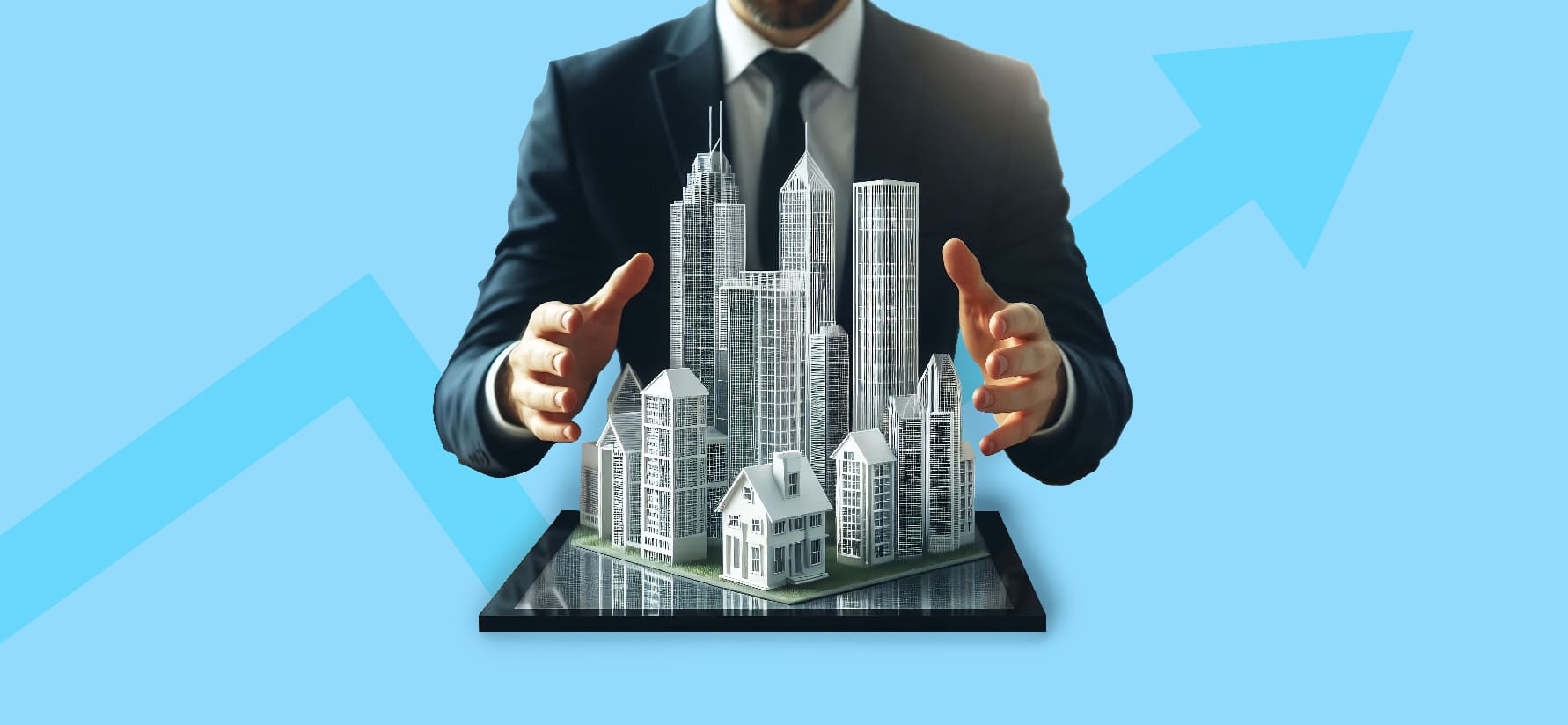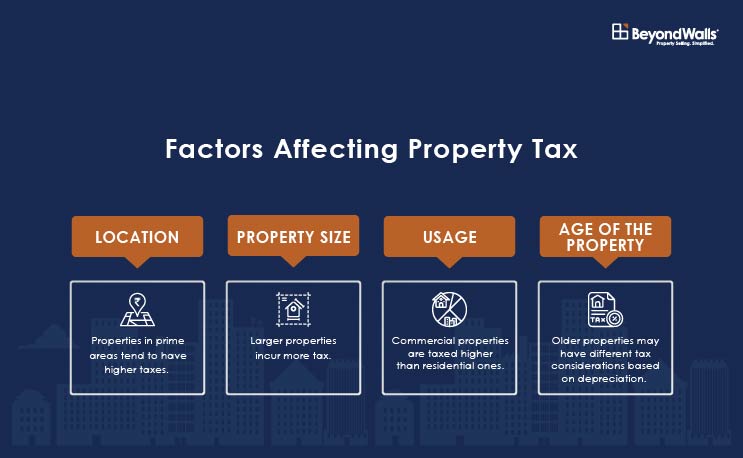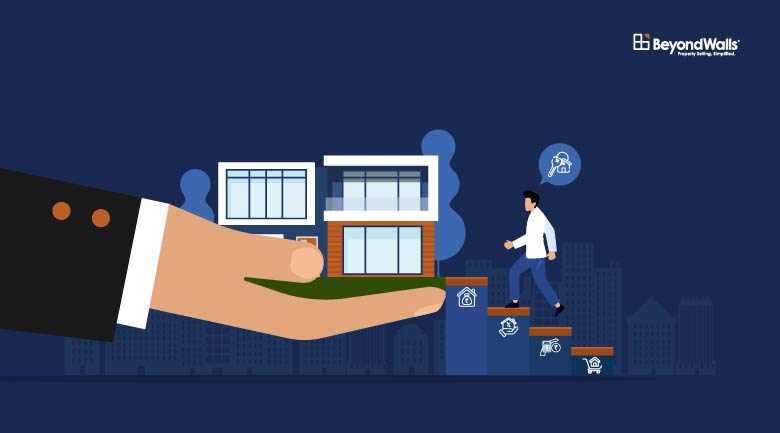In a time when more people are moving to cities, homes that take inspiration from nature are becoming very popular. By 2030, 40 per cent of people in India will be living in cities. Unfortunately, many cities don’t have many parks or green spaces. Living in eco-friendly homes can have a big positive impact on the environment. Bringing natural elements into our homes doesn’t just make them look nice, it can also have lots of benefits for our health and happiness. This article talks about the advantages of living in a home that feels connected to nature and how it can make our lives better in the long run.
- Enhanced Well-Being
-
Mental Health Benefits
-
Physical Health Benefits
Living close to nature significantly reduces stress levels and enhances mood. Research shows living in natural place greenery and water features increases the production of feel-good hormones such as dopamine and serotonin. These hormones help lower stress and anxiety, leading to a more relaxed and peaceful state of mind. A study by the University of Exeter found that people living near green spaces have better mental health and overall well-being.
Nature-inspired homes often incorporate abundant natural light and fresh air, which contribute to overall physical health. Natural light is very important for regulating circadian rhythms, improving sleep quality, and boosting vitamin D levels. Fresh air, filtered through plants and open spaces, ensures a healthier respiratory system and better overall well-being. According to the World Health Organization, living in nature side can improve indoor air quality nearby, and it can reduce the risk of respiratory diseases
-
- Sustainable Living
-
Eco-Friendly Materials
Homes that take inspiration from nature often use eco-friendly materials like bamboo, reclaimed wood, and recycled metal. These materials are not only good for the environment, but they also make the homes feel cozy and welcoming. For example, bamboo grows quickly collected without harming the environment in the long run, making it an ideal choice for sustainable luxury living and sustainable eco-friendly buildings.
-
Energy Efficiency
using nature-inspired designs in homes can help you save energy and money. This can include things like using big windows to let in natural light, planting trees for shade, and using energy-saving appliances. U.S. Department of Energy says that, homes designed with these features can save and reduce homeowners up to 30% on energy bills each year. This eco-friendly approach is good for the planet and your wallet.
-
- Aesthetic Appeal
-
Natural Beauty
Incorporating natural elements like stone, plant and wood into the home design adds a unique, organic beauty. These materials create a timeless and versatile aesthetic that blends seamlessly with various design styles, from rustic to modern. A study by the National Association of Realtors found that homes with natural elements and green spaces have higher market appeal and sell faster. -
Timeless Design
Nature-inspired looks are not just beautiful; they’re also classic. Unlike trendy designs that can quickly go out of fashion, natural elements have a lasting appeal that stays stylish as trends change. Using soft colours and natural textures creates a peaceful and classy atmosphere that lasts.
-
- Improved Indoor Air Quality
-
Natural Ventilation
Nature-inspired homes are designed to let in lots of fresh air, which helps keep the indoor air clean and healthy. A study found that these kinds of homes have much less indoor pollution than other homes. -
Plants and Air Purification
Did you know that having indoor plants isn’t just a nice decoration? They actually help make the air in your home healthier! They take in the carbon dioxide we breathe out and give off oxygen, which we need to breathe. Some plants can even clean the air by getting rid of bad stuff in it
-
- Connection to Nature
-
Biophilic Design
Biophilic design principles focus on creating a strong connection between the indoors and the natural environment. Features like large windows with views of greenery, indoor gardens, and natural materials help foster this connection, enhancing overall well-being and creating a sense of harmony with nature. A study by Terrapin Bright Green found that biophilic design can improve cognitive function and creativity by up to 15%. -
Outdoor Living Spaces
Having outdoor spaces such as gardens, patios, and balconies extends the living area and encourages outdoor activities. These spaces provide a perfect for relaxation, social gatherings, and personal hobbies, promoting a balanced and fulfilling lifestyle. According to the American Planning Association, access to green spaces has higher levels of physical activity and lower levels of obesity.
-
- Community and Lifestyle Benefits
-
Peaceful Living
Environmentally friendly home designs promote a peaceful and serene lifestyle. The presence of natural elements creates a peaceful atmosphere, making it easier to unwind and escape the hustle and bustle of urban life. The Journal of Environmental Psychology reports that individuals living in greener neighbourhoods experience less stress and greater overall satisfaction with their living conditions. -
Community Engagement
Nature-oriented neighbourhoods often foster a strong sense of community. Shared green spaces, community gardens, and outdoor recreational areas encourage social interaction and create a supportive and friendly environment. A study by the University of Illinois found that residents of neighbourhoods with green spaces have stronger social ties and a greater sense of community.
-
- Increased Property Value
-
Market Appeal
Real Estate Properties in India are highly appealing to buyers, making them a valuable investment. The increased awareness of environmental sustainability and the desire for healthier living environments drive demand for such properties, increasing their market value. A report by the Urban Land Institute found that homes with green certifications sell for up to 10% more than non-certified homes. -
Future-Proof Investment
As the demand for eco-friendly luxury homes continues to rise, investing in a nature-inspired home is a future-proof decision. These homes not only provide immediate benefits but also ensure long-term value and appeal in the real estate market. The increased focus on sustainability and wellness in housing trends indicates that nature-inspired homes will continue to be in high demand.
-
Conclusion
Living in a sustainable eco-friendly homes offer numerous perks, including enhanced well-being, aesthetic appeal, improved indoor air quality, a strong connection to nature, community benefits, and increased property value. By integrating natural elements into your living space, you can create a healthier, more serene, and environment-friendly home. Visit BeyondWalls, one of the best property sites in India and other online property portals in India to search your ideal space.











